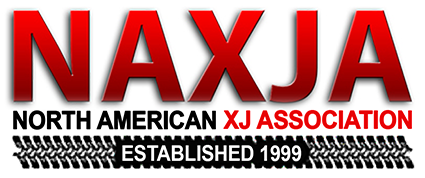Toe in should be 1/8"ish for oem style steering. In my exsperince with proper castor i havent found toe to make any difference in straight line or return to center tracking..
With to little or negative castor straight and return to center becomes troublesome. I am unsure if extra toe in this situation can help mask the lack of castor.
I have not had lack of castor cause death wobble. Badly worn parts can all contribute to death wobble but i would necessarily blame castor.
Everything has to work together perfectly to get a good death wobble tune.
With to little or negative castor straight and return to center becomes troublesome. I am unsure if extra toe in this situation can help mask the lack of castor.
I have not had lack of castor cause death wobble. Badly worn parts can all contribute to death wobble but i would necessarily blame castor.
Everything has to work together perfectly to get a good death wobble tune.

